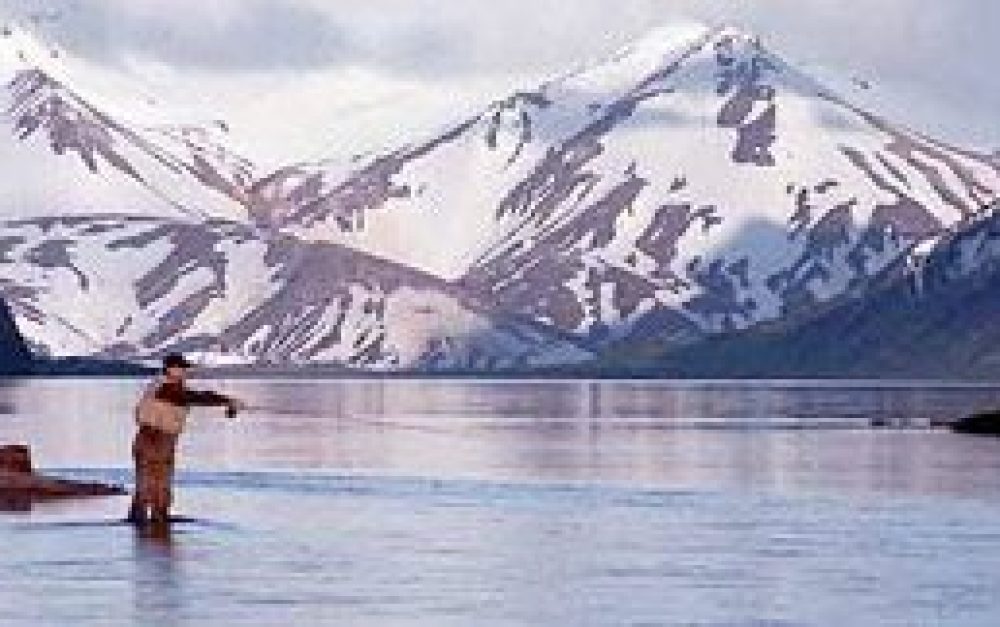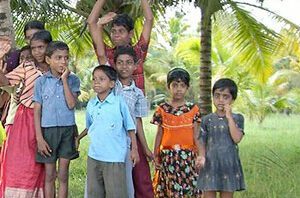Endosulfan. Chlorpyrifos. Chlorothalonil. Not words one would associate with the crisp, cold air and water of the Arctic region. But new research shows that these pesticides, among others, are traveling to the Arctic from as far as South East Asia, India and the United States.
That harmful pesticides travel on wind and water currents to cold northern regions of the world has been known for a while now. But in this latest study, researchers managed to measure the compounds in air and water all the way along their path across the globe, from East Asia to the Arctic.
On a four week expedition from the East China Sea northward to the Chukchi Sea in the high Arctic, researchers tracked the pesticides chlorothalonil, chlorpyrifos, dacthal, dicofol, endosulfan and trifluralin. The data collected will help researchers better understand whether the pesticides travel more readily by air or by water, and how they degrade along the way.
Harsh impacts of contamination
We already know that the chemicals that reach the Arctic region are wreaking havoc on the health of both humans and the fragile environment.
For example, endosulfan is one of the few persistent pesticides whose levels have been found to be increasing in marine biota of the Canadian Arctic. Endosulfan appears to accumulate more in the bodies of humans, animals and the environment in Arctic ecosystems than in warmer climates. This pesticide has severe health impacts for humans, with exposure linked to developmental defects and reproductive harm. In 2011, endosulfan was finally slated for a global phase out through the Stockholm Convention, the international treaty on persistent organic pollutants.
Chlorpyrifos, another pesticide studied by the research team, is one of the highest volume agricultural pesticides used in the U.S. Studies have found that prenatal exposure to chlorpyrifos can have negative impacts on neurodevelopment, including perceptual reasoning, working memory and poorer intellectual development in children. Chlorpyrifos was banned for home use in the U.S. in 2001, but is still used on farms, exposing not only rural residents to health harms, but also communities thousands of miles away in the Arctic.
Arctic communities speak out
With organizations such as the Alaska Community Action on Toxics, communities in the Arctic have long campaigned against pollution of their environment and bodies by such pesticides used in far away places. As Shawna Larson, a long time Indigenous environmental health activist from the region, explains:
These toxic chemicals trespass our bodies and enter our breast milk – our children and infants are getting them. We are seeing impacts of these through things like respiratory health and breast cancer increases.
The Indigenous communities of the Arctic call upon all of us to stop polluting their environment, their bodies and those of their children with these pesticides. By doing so, we will not only protect ourselves and our families, but also families in the Arctic who are asking us to take a stand.







